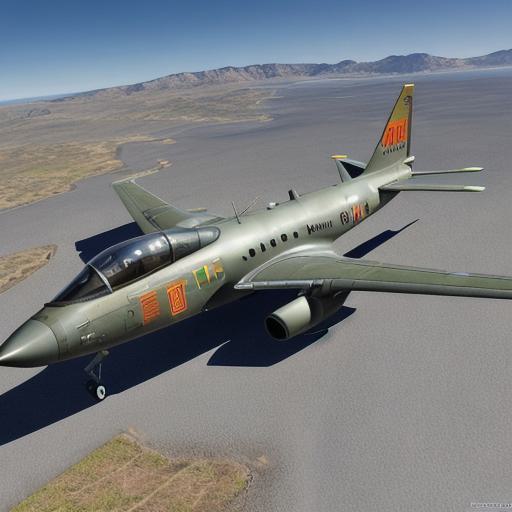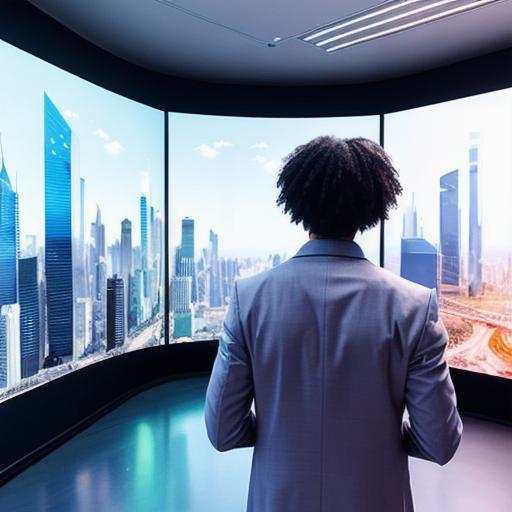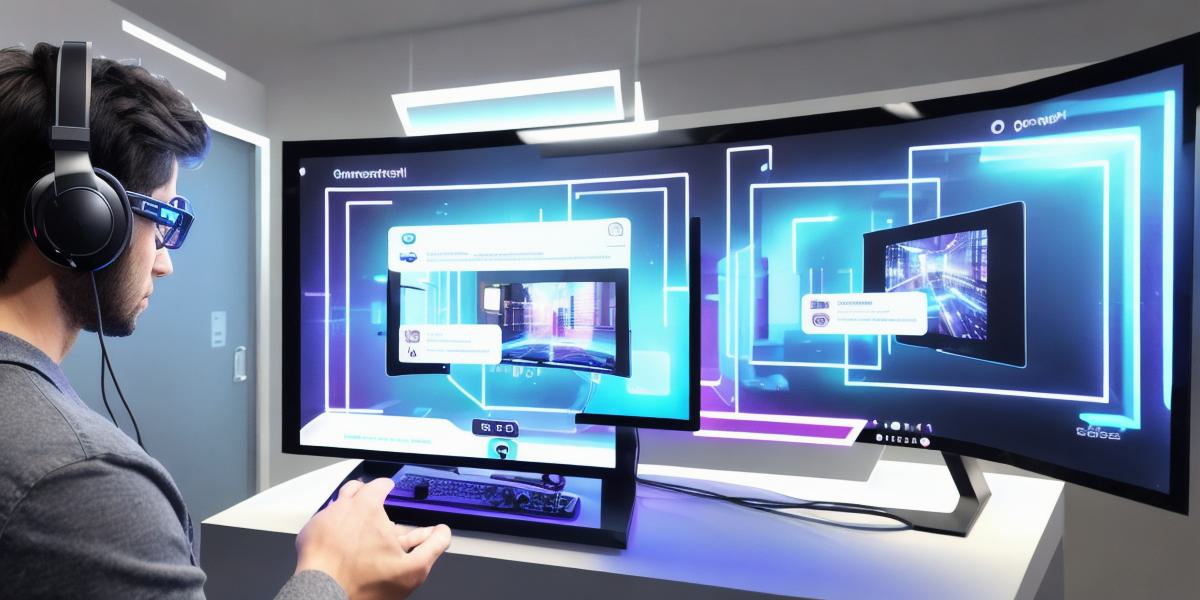As a web developer, you might be curious about expanding your horizons and diving into the world of augmented reality (AR) development using Unity. AR is an innovative technology that superimposes digital information onto the real world, providing immersive experiences for users. In this comprehensive guide, we’ll walk you through the basics of getting started with Unity AR development, and explore various resources to help you master this exciting field.
**What is Unity AR Development?
**
Unity is a popular game engine that offers a wide range of features for creating immersive interactive experiences, including AR capabilities. AR development in Unity allows you to build applications that blend digital content with the real world, enhancing user engagement and offering new possibilities for creativity.
**Getting Started: Prerequisites and Tools**
Before diving into Unity AR development, make sure you have the following prerequisites in place:

1. **Basic understanding of C programming**: Unity’s scripting language is primarily based on C, so having a strong foundation in this programming language will be crucial for developing AR applications.
2. **Install Unity and AR Foundation package**: Download the latest version of Unity and install the AR Foundation package to get started with AR development within the engine.
3. **A compatible AR device or emulator**: To test your AR application, you’ll need a device that supports AR functionality (e.g., a smartphone with an ARKit-compatible iOS operating system for Apple devices or Vuforia for Android devices). Alternatively, you can use Unity’s built-in AR emulator for testing your projects in virtual environments.
**Building Your First AR Project: A Step-by-Step Guide**
1. **Create a new Unity project**: Launch Unity and create a new 3D project to get started.

2. **Configure the AR settings**: In the Unity Editor, set up your AR project by configuring the AR Foundation settings and importing any required assets.
3. **Design your AR scene**: Build your AR scene by placing digital objects in the real world using markers or other tracking methods provided by the AR Foundation package.
4. **Implement user interactions**: Add interactivity to your AR scene by writing scripts and attaching them to the relevant game objects.
5. **Test your application**: Run your project on a compatible device or emulator to test its functionality and make any necessary adjustments.
**Exploring Advanced Unity AR Features**
1. **AR plane tracking**: Create applications that place digital content on horizontal surfaces, such as tables or floors.
2. **Object recognition**: Implement object recognition in your AR projects to allow users to interact with specific real-world objects within the application.
3. **Location-based AR experiences**: Develop AR applications that use a user’s location to provide contextually relevant information or experiences.
4. **Multiplayer AR games**: Create multiplayer AR games that allow players to engage with each other and the virtual world in real time.
**Resources for Learning Unity AR Development**
1. **Unity Documentation**: Start by exploring Unity’s extensive documentation on AR development, including tutorials, guides, and API references.
2. **Online Courses**: Check out popular learning platforms like Udemy, Coursera, or Pluralsight for comprehensive courses on Unity AR development.
3. **Community Forums**: Engage with other Unity developers in forums such as the Unity Answers community and the Unity3D subreddit to learn from their experiences and ask questions.
**Conclusion: Expanding Your Skills in Web Development with Unity AR**
By learning Unity AR development, you’ll be opening yourself up to a world of new possibilities and opportunities as a web developer. With the increasing popularity of AR technology, mastering this skillset can help you stand out from the competition and create innovative, engaging experiences for users.
